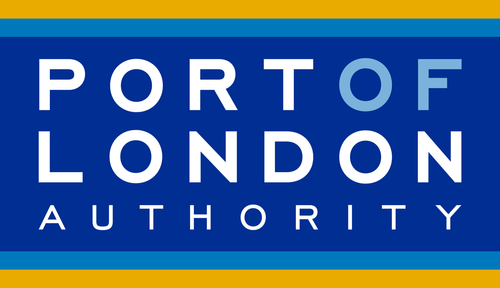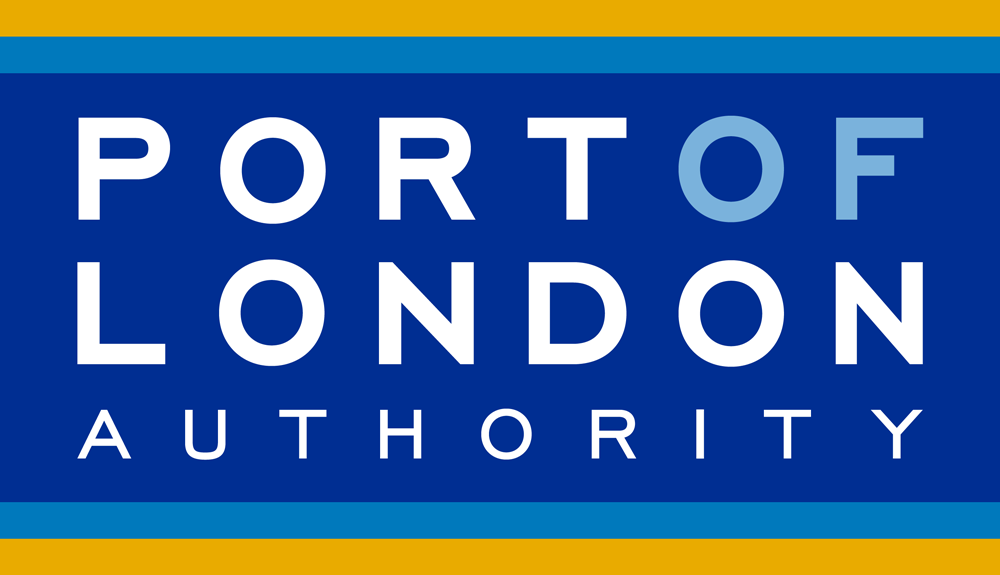Live Tides
NOTICES TO MARINERS
Charts & Surveys
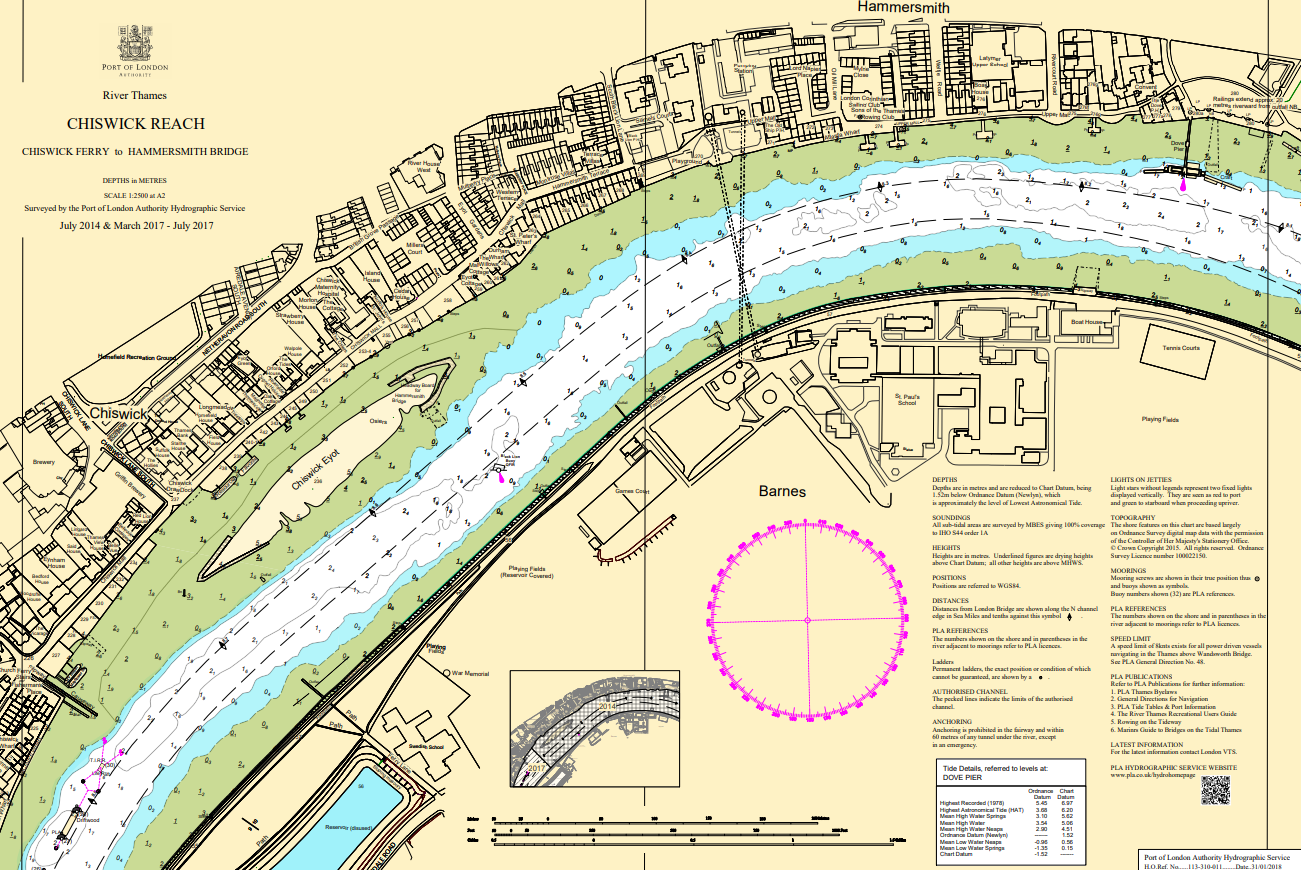
Incident reporting
Life-threatening emergencies on the river:
Call 999 and ask for the Coastguard
For near miss, safety observations and incident reporting click below
London piers guidance for a greener logistics future
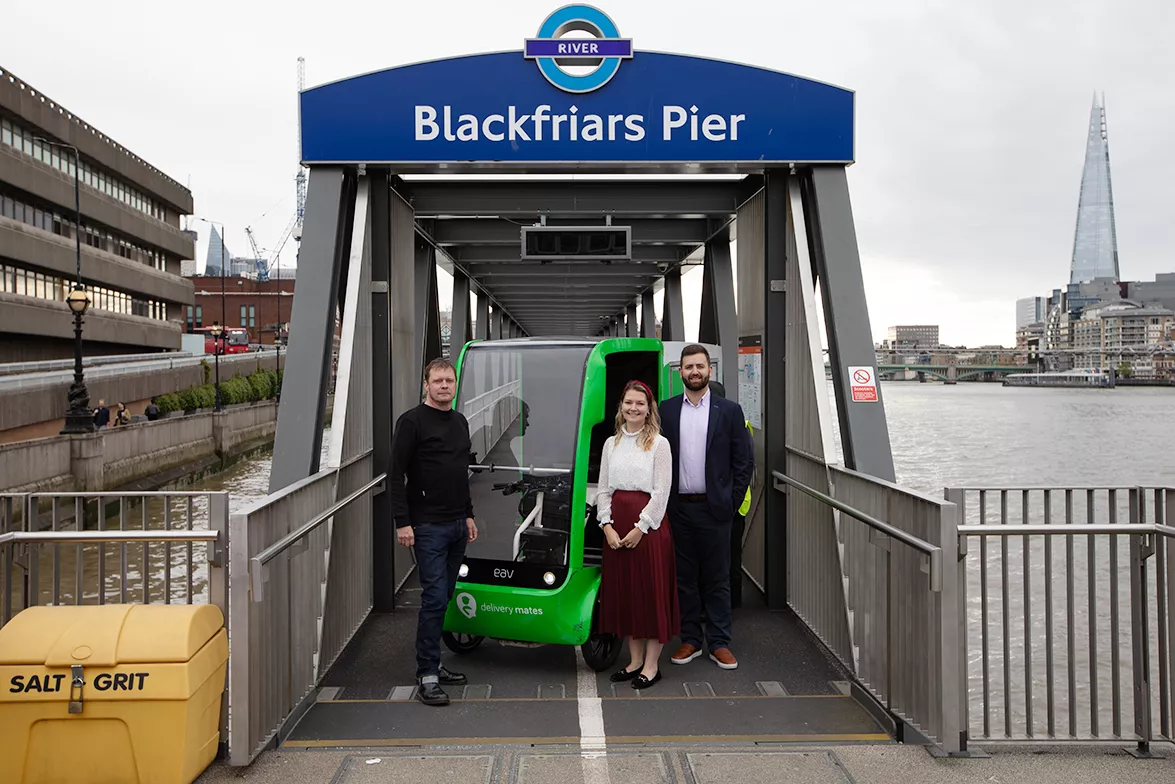
Recommendations for the use of electric cargo (e-cargo) bikes on and near Thames-side piers in London, aimed at maximising post-pandemic opportunities to carry more light freight on the river, are highlighted in new guidance.
A report by marine consulting engineers Beckett Rankine, published jointly by the Port of London Authority (PLA), Cross River Partnership (CRP) and Transport for London (TfL), details a best-practice approach to marine and landside infrastructure, to help meet growing demand to transport more small goods and parcels into the capital by river, rather than by road.
London’s Deputy Mayor for Transport, Seb Dance, said: “The Mayor is committed to reducing carbon emissions, to cleaning up the capital’s filthy air and helping London become a Net Zero city by 2030.
“Moving more light freight off the road and onto the Thames will not only cut emissions, it will enable businesses to benefit from the reliability of river deliveries. This new guidance will help to tap into the potential of the River Thames, recommending best practice for the use of e-cargo bikes on and near Thames-side piers in London. This supports the Mayor’s aim of building a greener, more prosperous London for everyone.”
James Trimmer, the PLA’s director of planning and development, said: “Good planning is essential to optimising carbon reduction and air quality improvements, linked to increasing use of the river for freight in the capital, in line with the goals of the Thames Vision 2050, which we published last year.
“To move forward with confidence, we first need to agree an operating regime, including common standards for training. This will require the input of all those involved, including pier owners, vessel operators and the companies taking goods onwards from the river to their final destination, increasingly by e-cargo bikes.
“This guidance is a major step forward towards achieving that goal.”
Alina Tuerk, TfL's head of roads and freight strategy and planning said: "We are determined to provide a healthy and sustainable future for all Londoners. Carrying more light freight on the river can play a vital role in cutting carbon emissions, air pollution, and road danger. This design guidance for London’s piers is well-aligned with our recently launched Cargo Bike Action Plan.
“We are also in the process of reviewing our constructor’s guide to cargo bikes and expanding it to include guidance for other sectors beyond construction. We will continue to work closely with our industry partners, businesses, and boroughs across the capital to ensure a greener freight and servicing future."
Beckett Rankine senior engineer, Graham Gathergood, one of the report’s authors, said: “As the leading designer of passenger piers on the tidal Thames, Beckett Rankine was delighted to be asked to assist the PLA, CRP and TfL in producing this guidance document on designing piers for light freight.
“Light freight transport by river is a rapidly expanding industry and, until now, there has been no design guidance on how to accommodate e-cargo bikes on floating piers.
“This report details trials carried out with a range of e-cargo bikes on a variety of piers and sets out the requirements for the safe operation of the bikes alongside pedestrians.
“In addition to showing how existing piers can be adapted for e-cargo bikes, the guidance will also be useful for designers of new piers on the tidal Thames.”
Fiona Coull, CRP senior programme manager, said: “We’re pleased to publish this guidance document to encourage more light freight on the river supported by low-emission, last-mile deliveries.
“Complementing CRP’s work across river, road and rail, we hope this report will provide opportunities to develop landside infrastructure to deliver freight directly into the capital in a more sustainable way.”
Read the design guidance (PDF)
Related content
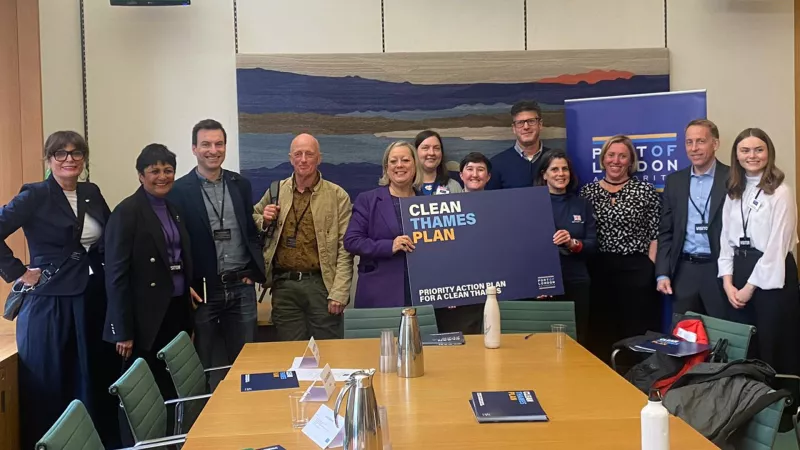

Working together to accelerate progress towards decarbonising the Thames, the Port of London...
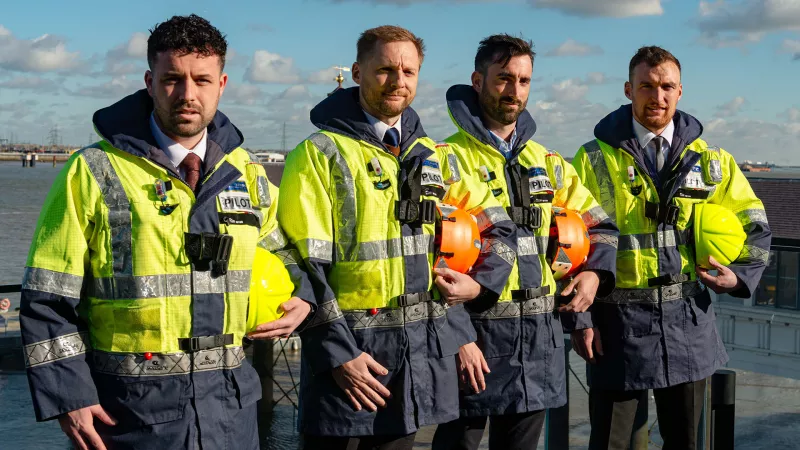
Four Pilots have joined the Port of London Authority (PLA)’s 123-strong team of Pilots, as the...
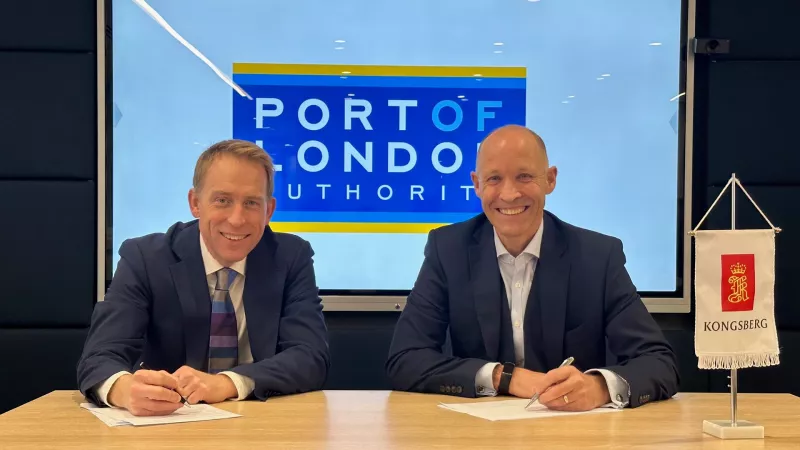
The Port of London Authority is pleased to announce that, following a thorough tendering process, it...
Discover

